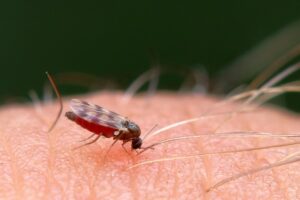Mosquitoes are nuisances with significant impacts on human health due to disease transmission. Effective mosquito control involves understanding their lifecycle and behaviors, eliminating breeding sites (especially stagnant water), using repellents, and adopting natural or chemical interventions. Key strategies include year-round preventive measures like insect repellents, protective clothing, screens, and maintaining clean outdoor spaces. High-risk individuals should implement stringent precautions, such as fine-mesh screens and targeted treatments, in addition to standard mosquito control practices. Environmental management through habitat disruption and introducing natural predators also offers sustainable solutions for long-term mosquito control.
Mosquitoes are more than just a nuisance; they pose significant health risks, transmitting diseases like malaria, Zika, and dengue. Understanding these vectors’ behavior and habitat is crucial for effective mosquito control. This article guides you through various strategies to protect yourself and your community. From identifying breeding grounds to exploring natural and chemical repellents, physical barriers, environmental management, and seasonal precautions, we offer a comprehensive toolkit for tackling mosquitoes head-on. Implement these measures to reduce risk and enjoy a healthier, bite-free life.
Understanding Mosquitoes: Behavior and Habitat
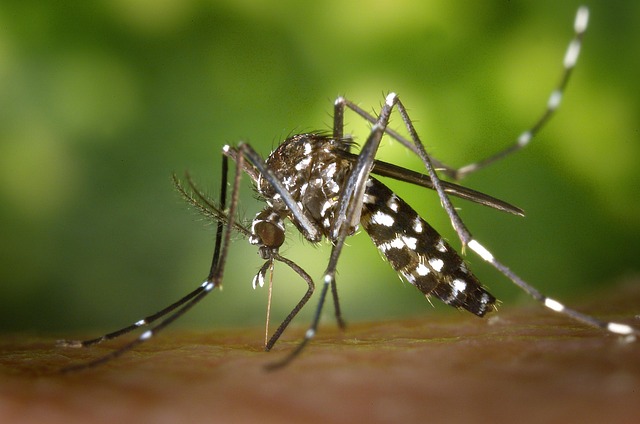
Mosquitoes are more than just a nuisance; they’re intricate creatures with specific behaviors and habitats that play a significant role in their ability to transmit diseases. Understanding their life cycle and preferences is crucial for effective mosquito control. These insects undergo a metamorphosis, starting as eggs laid in stagnant water, then transforming into larvae and finally into adults. Adult mosquitoes require standing or slow-moving water to breed, making their presence often tied to specific habitats like ponds, buckets, or clogged gutters.
Knowing these behaviors allows us to implement strategic mosquito control measures. Eliminating or treating breeding sites, maintaining proper water management, and using repellents are all part of a comprehensive approach to minimize mosquito populations. By adopting these practices, we can not only reduce their impact on our health but also create healthier environments for everyone.
Identifying Common Mosquito Breeding Grounds
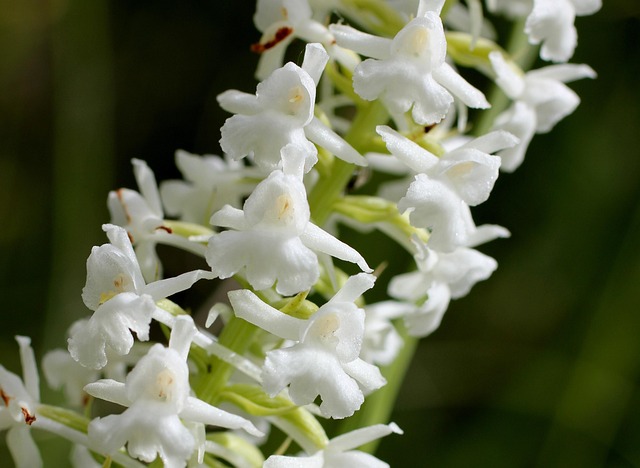
Mosquitoes, a common nuisance and potential carriers of diseases, breed in standing water. Identifying and eliminating these breeding grounds is a crucial step in mosquito control. Common areas where mosquitoes proliferate include stagnant water in buckets, flower pots, discarded tires, and birdbaths. Even small accumulations of water in containers can serve as breeding sites, making it essential to regularly empty and clean such items. Additionally, checking for clogged gutters and downspouts is vital, as these can trap water and create the perfect environment for mosquito larvae to develop.
By being vigilant and taking proactive measures, individuals can significantly reduce mosquito populations around their homes. Regularly inspecting and maintaining outdoor areas contributes to an overall healthier and more comfortable living space, free from the nuisance and potential health risks associated with mosquitoes.
Natural Repellents and Their Efficacy
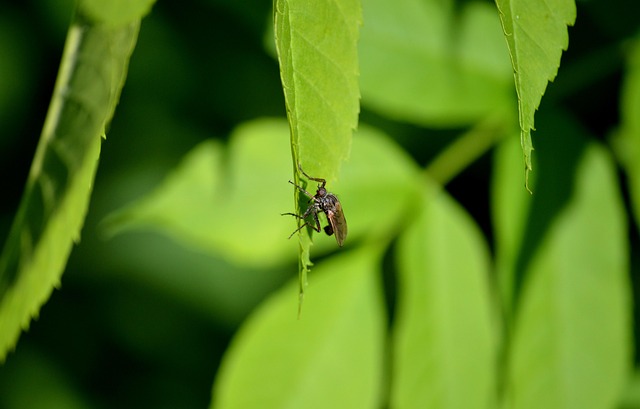
Natural repellents have gained popularity as an eco-friendly approach to mosquito control, offering an alternative to chemical-based solutions. Essential oils like citronella, lavender, and peppermint are often touted as effective deterrents due to their distinct scents. These odors are believed to mask human smells that attract mosquitoes, thus creating a protective barrier. Numerous studies have shown varying levels of success for these natural methods; some provide brief relief in controlled settings, while others offer more sustained protection when combined with other strategies.
Despite their promise, the effectiveness of natural repellents can be influenced by factors such as wind, sweat, and individual scent profiles. While they may not guarantee complete protection, incorporating these scents into mosquito-prone environments can help reduce bites and create a more comfortable outdoor experience.
Chemical Repellents and Pesticides: What to Consider

When it comes to mosquito control, chemical repelents and pesticides offer a quick fix but require careful consideration due to potential health risks and environmental impact. These products often contain DEET, picaridin, or oil of lemon eucalyptus, which can be effective in repelling mosquitoes. However, prolonged exposure to these chemicals may lead to skin irritation or other adverse effects. It’s crucial to follow product instructions, use them sparingly, and opt for options with lower concentrations, especially for sensitive areas like children’s skin.
Moreover, the environmental impact of pesticides should not be overlooked. They can harm beneficial insects, pollute water sources, and contribute to overall ecological disruption. For sustainable mosquito control, consider using natural repellents or implementing physical barriers like screens and nets. Regularly emptying standing water containers around your home is also an effective strategy to disrupt mosquito breeding grounds, complementing any chemical or natural methods employed.
Physical Barriers: Nets, Screens, and Clothing

Mosquitoes can be a nuisance and pose health risks, making effective mosquito control a priority for many. One of the most straightforward approaches to prevention is the use of physical barriers. Bed nets, for instance, have been a staple in protecting people from mosquito bites during sleep, particularly in regions with high malaria incidence. These fine mesh fabrics create a protective cocoon around individuals, blocking mosquitoes’ access to their blood.
Clothing that incorporates insect-repellent fabrics is another innovative solution. Treatments on garments can deter mosquitoes from landing and biting, offering an easy and accessible form of mosquito control for outdoor activities. Additionally, screens on windows and doors in homes and public spaces further limit mosquito entry points, significantly reducing exposure to these pests and the diseases they transmit.
Environmental Management for Mosquito Control

Environmental management plays a pivotal role in mosquito control, offering sustainable and eco-friendly strategies to reduce mosquito populations. By manipulating the mosquito’s natural habitat, it becomes possible to disrupt their breeding cycle. This involves eliminating or treating standing water sources, as mosquitoes lay their eggs in stagnant water. Regularly emptying containers such as flower pots, buckets, and discarded tires can significantly hinder mosquito breeding grounds. Moreover, maintaining a well-trimmed lawn and removing vegetative debris provide fewer hiding places for adult mosquitoes.
Additionally, introducing natural predators like fish into water bodies can help control mosquito populations. Certain species of fish, such as gamfish and minnows, feed on mosquito larvae, providing a biological control method. Planting mosquito-repelling plants around homes and in gardens is another effective strategy. These plants, including citronella and lavender, emit scents that deter mosquitoes, offering a natural and pleasant alternative to chemical repellents.
Seasonal Strategies: Precautions Throughout the Year
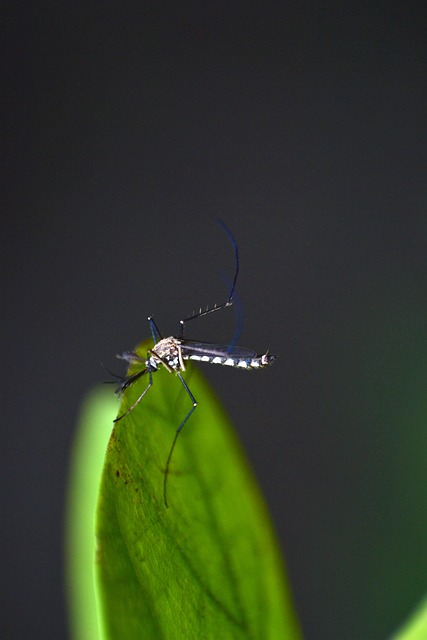
Throughout the year, implementing consistent mosquito control measures is essential for preventing bites and reducing their overall impact on your health and well-being. In addition to seasonal variations in mosquito activity, different strategies can be adopted depending on whether it’s peak season or off-season. During peak mosquito seasons, such as warm summer months, focusing on preventive actions like using insect repellents, wearing protective clothing, and installing screens is vital. These methods significantly decrease the risk of bites and associated diseases.
In contrast, during the off-season, maintaining cleanliness and eliminating breeding grounds becomes more crucial. Mosquitoes breed in stagnant water, so regular cleaning of outdoor containers, pools, and gutters can help curb their population. Additionally, using mosquito traps or natural predators like fish in water bodies can be effective year-round strategies for mosquito control.
Preventive Measures for High-Risk Individuals
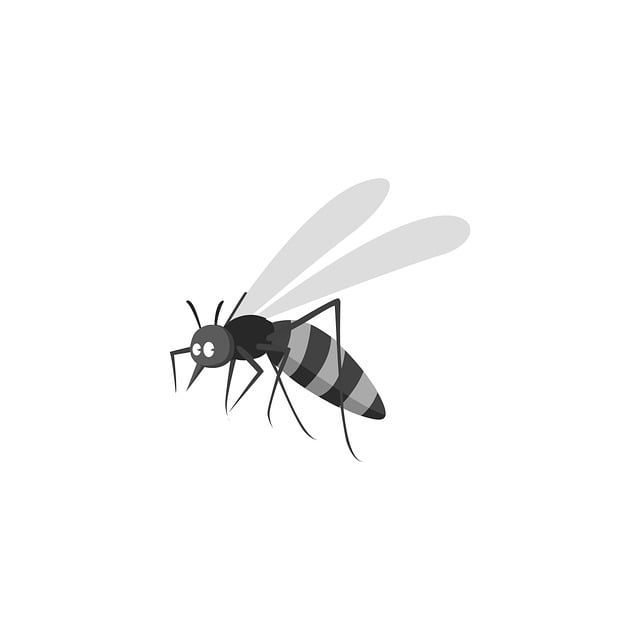
For high-risk individuals, such as those with specific health conditions or living in areas with elevated mosquito-borne disease risk, comprehensive mosquito control is essential. Beyond general prevention methods like using insect repellent and wearing protective clothing, these individuals should consider taking additional precautions. This may include installing fine-mesh screens on windows and doors to keep mosquitoes out of homes, and using air conditioning when possible to minimize exposure.
Regularly emptying standing water from containers around the home, such as flower pots or birdbaths, is a crucial mosquito control measure. This eliminates breeding grounds for mosquitoes, which lay their eggs in stagnant water. Additionally, consulting with local health authorities or pest control specialists about targeted treatments, like spraying or using mosquito traps, can provide further protection tailored to the specific needs and risks of the area.
